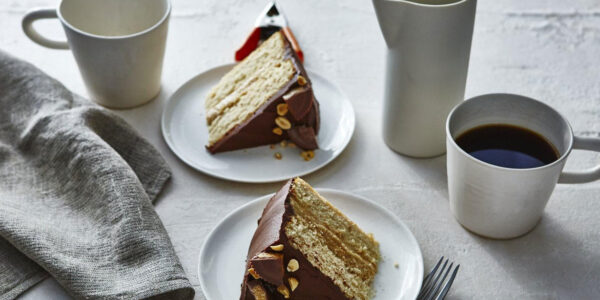Lush look
Linda and Ethan Skyler's Bainbridge Island garden is filled with green, but uses very little turf grass.
Click ahead to see how they did it with a grassy path, layered plantings, and colorful accents.
Layered plantings
Ground-hugging hostas and other low growers fringe the beds’ front edges. Mid-height Pieris japonica and white-blooming Hydrangea paniculata 'Grandiflora' fill in the center.
Green portal
A vigorous kiwi vine cloaks a trellis over the garden’s entry path with lush foliage. The leaves can reach about 6 inches across, and stay green from spring until first frost.
Grassy path
A narrow carpet of grass, all that’s left of a once-expansive (30- by 60-foot) lawn, meanders between curved planting beds. To make room for the beds, the Skylers removed sod around the turf’s edges bit by bit as they discovered new plants they wanted to try.
Bright accent
The glossy oversize urn ― a gift to the owners from local potter Brian Mackin (counterbalancesculpture.com or 206/780-9997) ― adds a hit of saturated color to the bed. Red barberry, lime-and-burgundy coleus, and potted coral impatiens surround it.
Sunny section
Plants are located where they’ll get the sun or shade they need. Since this particular bed sees about half a day of sun, it’s filled with sun-loving purple African daisies, wine-colored barberry, and pink-flowered spirea.







